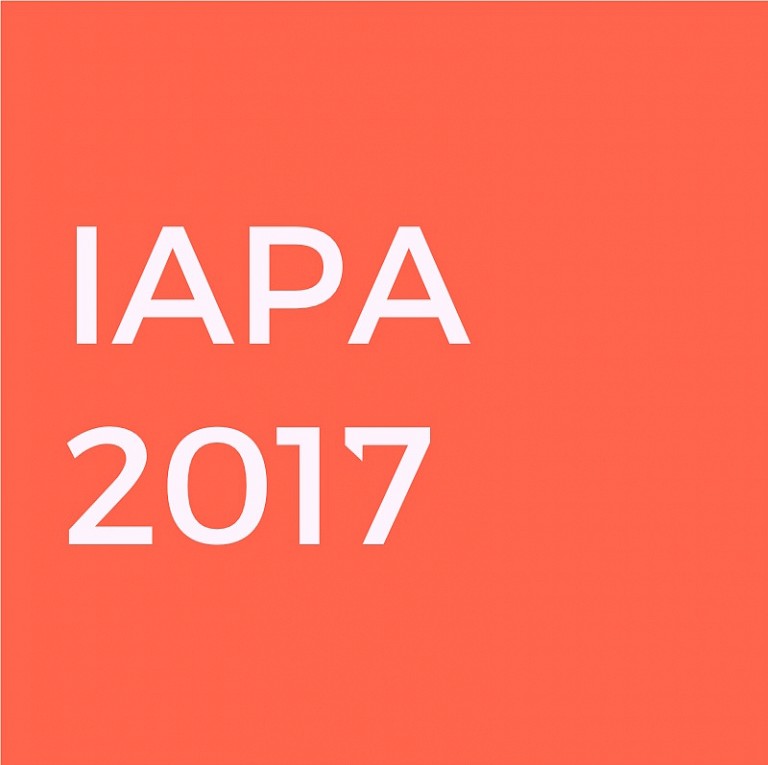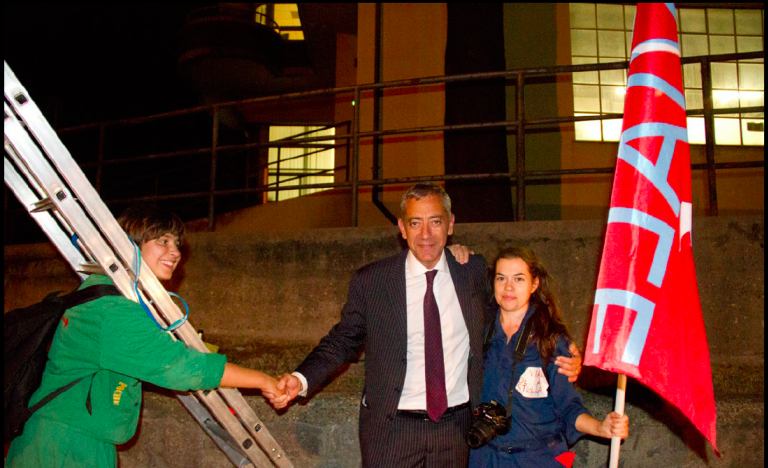



The work is constituted by a collective body of pioneers and area researchers who overcome all obstacles in order to draw a form of a star on a city map with an actual route through existing streets, parks, buildings and wastelands. Throughout this process, which may take a substantial amount of time and effort, its participants develop not only a new mode of public space, but also new efficient communication: as Anastasia puts it, “the best socialization is emancipation. These are the rules of the game. The art arrives not as a result, but as a process of communication between the proprietors and the authorities.” In the end the group (which would definitely become much smaller, as the process requires effort and persistence) comes to the starting point. In course of preparatory research the significant archive of materials about the city is being collected: the artist and her crew study relations between buildings, communities, authorities, proprietors and bureaucratic institutions. This long-term activity results in creating a new symbolical route, the particular urban archive and documentary filming (including the virtual view) which enters the historical archive of the city.
“The Star Road” was first laid out in 2013 in the Italian city of Biella: by the time the work was completed, Anastasia had got a chance to meet the town’s mayor, who had expressed interest in the idea and its advantages for local placemaking. In 2014 the project was launched in Moscow, with a culmination in 2015 and further permanent elaboration process. The first step of “The Star Road” in Moscow was a series of letters to different types of urban functionaries, which turned out to be not particularly supportive. The artist has been exploring ways to make her activities legal within the urban administrative network and useful for the citizens. Intentionally naive, though inevitably charged with political symbolism, the image of a star on a map presents the city as an open draft, rather than a rigid apparatus - it implies multiple ways of reinventing public space, and also reveals how it may be violently manipulated in the interest of various competing structures. Anastasia Ryabova plans to introduce the Star Road as an artistic tool to carry out public discussion and urban experiment in other cities around the world.
During the implementation of the project in Italy, the artist managed to create a small community around it, engaging different people on the go, which also resulted in a very positive contact with municipality. The stage of the project in Moscow has managed so far to inform and interrogate public administration, testing the limits of its true involvement in activities of urban communities. The artist tests the city's ability to deal within the human dimension, not on a solely bureaucratic and commercial basis: it is a highly relevant issue in a megapolis like Moscow, which preserves multiple historic and ideological levels.
The project is in a permanent development process, which includes research, bureaucratic procedures, and actual interventions. It is initially a no-budget work, though its scale, involvement of public, and quality of documentation depend on whether the public institutions would be willing to provide necessary support. In this case it may be implemented in Moscow — as well as in other cities world-wide, using the existing symbolic scheme.
All copyright belongs to Shanghai Academy of Fine Arts, Shanghai University.



